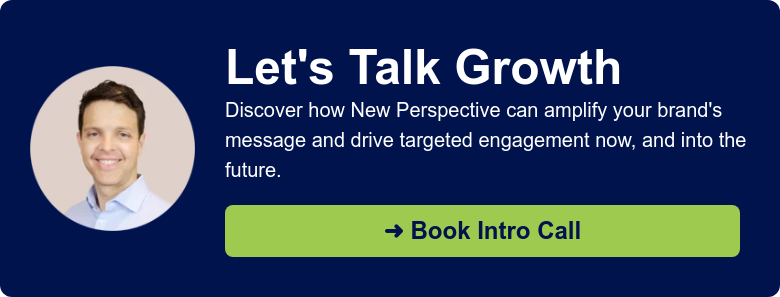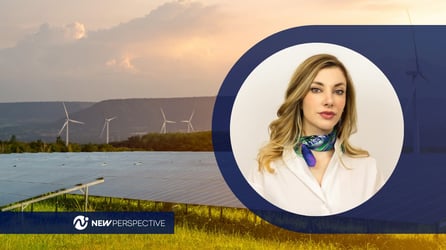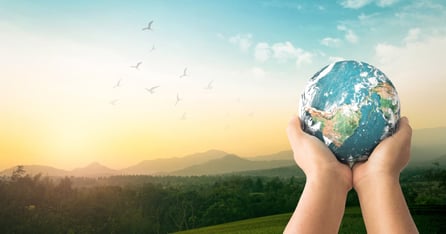Circular Business Models and Marketing: Getting Beyond the Hype
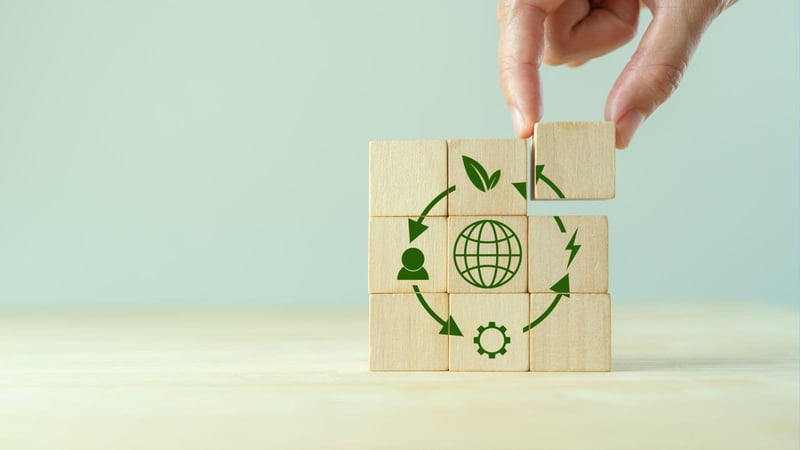
Circular economy (CE) and cradle-to-cradle (C2C) business models focus on creating easily reusable products with minimal waste. But it’s one thing to proclaim sustainability; another to truly offer it.
When non-circular businesses jump on the bandwagon to broaden their appeal with green-leaning marketing, it undermines the integrity of businesses who are sincerely pursuing circular goals — and can confuse customers.
Hosting conversations (on our Green New Perspective podcast series) with cleantech experts and working with our own clients have given us a clear view of the challenges and benefits of promoting circularity.
To help, we’ve gathered a host of terms and strategies you need to know. These will keep you out of the greenwashing trap and help guide your public to make informed choices.
So here’s a roundup of what works, what to steer clear of, and how to most effectively and authentically present your sustainability efforts.
The hallmarks of a circular business
If you’re a circular business, you’re aiming to create value for a broader group of stakeholders than just your direct customers and shareholders. Our discussions with visionaries in the cleantech field echoed that over and over again.
Focusing on circularity, upcycling, and low to zero waste — among other objectives shared in the clean tech space — also means following these guiding principles:
Transparency and accountability
As our recent podcast guest Nora Eslander, PR at Renewcell noted, being transparent is crucial. You need to provide tangible evidence that you're taking action and offer data that supports your claims.
Consider Enerkem as an example: this Canadian waste management company transforms waste into biofuels and chemicals. The firm is highly transparent about their efforts, sharing third-party verifications and certifications to substantiate their claims.
In terms of accountability, if you’re trying to close or at least slow down resource loops, better to state your intentions and share progress than pretend it’s a done deal.
Case in point: Patagonia, stresses the value of product repair and reusability, urging its customers to invest in second-hand clothing and engage in product restoration, but calls their mission a Quest For Circularity. They readily admit new clothing is still being produced but pledge to keep looking for more sustainable production methods.
Collaboration to drive progress
The shift towards a circular economy necessitates behavioral changes at every stage of the supply chain. Podcast guest Iain McPherson, Sales Director at ecoSPIRITS noted that they actively seek out pioneering partners who can help demonstrate that the transformation they’re aiming for is indeed achievable.
Smaller companies and startups also benefit from collaborations with larger brands, tapping into a larger well of influence and financial resources to create change at scale — and reach a larger public.
Starting from within
We’re seeing many companies that have not only adopted but embraced a new circular business model. The more it becomes part of a company’s culture, values, and operations, the more the entire organization can embody the principles of sustainability.
As Sarah Ye, ESG Manager at LanzaTech, said recently, when sustainability becomes a part of your DNA, it becomes an organic part of how you act — the decisions you make, and the approaches you take.
Committing to innovation
Cleantech and circular business models are about innovation, to begin with: the market is in a perpetual state of growth and evolution, with brands that establish a strong presence coming out in front. We see this time and again: Companies that work from a mindset of innovation have the advantage.
During our podcast with him, Jonathan Cage, Director of Business Development at ICPG, said, “What sets us apart is our ability to leverage this diverse portfolio to develop innovative and sustainable packaging solutions ... Through modifications and innovations, we've created a recyclable, economically viable solution that meets both performance and sustainability goals“. As his company continues to establish a brand connected with innovation, his audience is taking note.
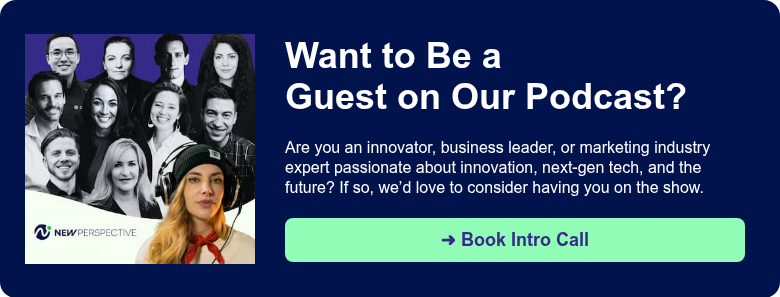
Educating as part of outreach
We always see a need for not only more outreach but also education. In a new field that’s growing at scale, don’t assume the people who want to know who you are do, or that they understand what you’re doing. But most of all, don’t think that ignorance conveys a lack of interest.
The first step towards change is awareness. Educate your audience, clients, and customers, as well as your employees. With all your stakeholders, get into the story of a product’s development and the need to change the market’s impact on the environment. As Caroline Cotto CEO of Renewal Mill said on a recent episode, make sure people know that sustainable choices are out there — and that they make a difference.
Don’t be Coca-Cola
What not to do? Don’t wrap a pseudo-circular move in circular messaging, as Coca-Cola did. The corporation celebrated its switch from green to clear plastic bottles for some of its brands (Sprite, Fresca, and Seagram) as part of its move to a "closed-loop bottle-to-bottle economy."
But plastic bottles are plastic bottles. They may be more recyclable, but they still contribute to single-use plastic waste and have a negative impact on the environment. And in this case, the more successful Coca-Cola’s campaign, the bigger the environmental toll.
What can you do instead? Include terms in your messaging that truly reflect what you’re doing and bring your audience up to speed. In this field, as we noted, education and messaging go hand in hand.
Here are 8 terms that mean something:
Circular supplies
Using renewable, recyclable, or biodegradable resources in production to replace fossil fuels and scarce materials.
Greater access without ownership
Providing services that meet user needs without requiring ownership, often through product-service systems that offer subscriptions or shares.
Extending product value
Making long-lasting, high-quality products that can be repaired, upgraded, refurbished, or remanufactured, reducing or eliminating waste.
Bridging the gap
Creating platforms for collaboration between producers and consumers that bridge the gap between demand.
Lifecycle approach
Adopting a comprehensive life cycle approach that goes beyond recycling or repurposing to the entire journey of a product or service, from design and production to end-of-life management.
Extended producer responsibility
Embracing responsibility for your products throughout their life cycle, including recycling or repurposing, including take-back programs or recycling services.
Third-party certifications
Obtaining certifications from organizations like Cradle to Cradle or B Corp to share strong indicators of your company's dedication to sustainability and circularity.
Product longevity
Prioritizing durability, repairability, and reusability, and actively encouraging customers to prolong product usage by offering repair services.
An ongoing conversation
What we’re finding on the podcast is that the more circular companies, upcyclers, low waste-focused enterprises, and other organizations start talking, the more there is to say — and the more their new business models become part of the conversation. Join the discussion by following our Green New Perspective podcast — and if you think you’ve got a great leadership story in the circular economy we need to know about, contact us.
Or, want to talk about ways to better present your own quest and get out the message on being a circular business? We can help. Reach out today.
